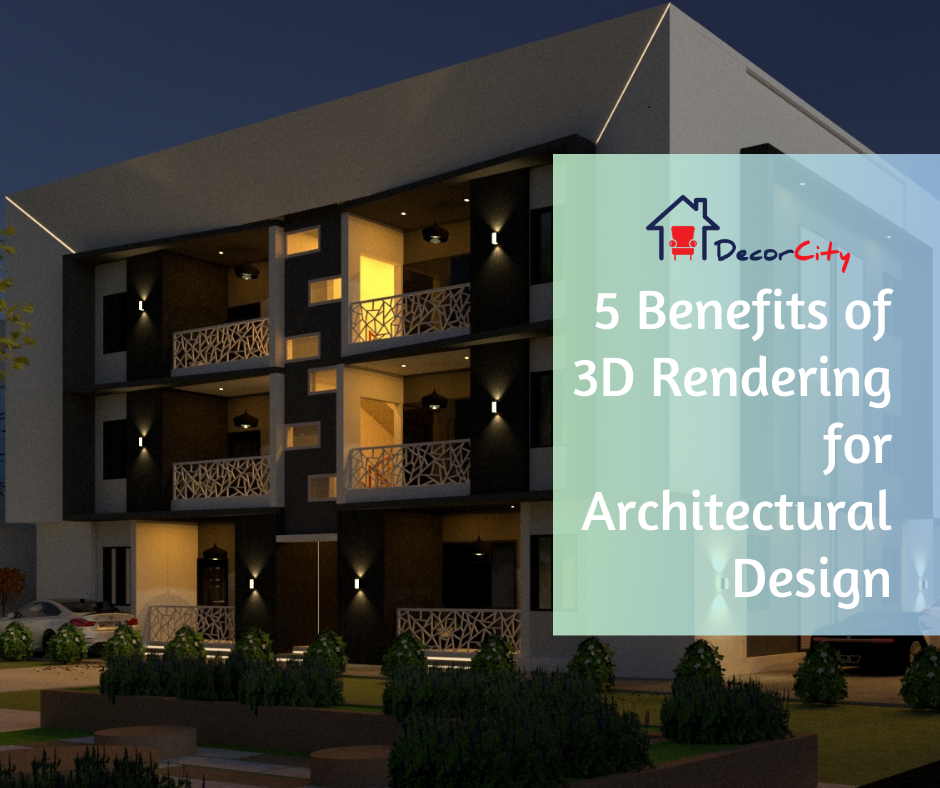architectural design
5 Benefits of 3D Rendering for Architectural Design
If you’re involved in architectural design, you’re likely familiar with 3D rendering. But you may not be fully aware of all the benefits it can offer. Here are five reasons why 3D rendering is an essential tool for any architectural project.
1. Improved Visualization
One of the main benefits of 3D rendering is that it offers an incredibly realistic visualization of a project. 3D rendering technology allows architects and designers to create a virtual model of a building or space that looks and feels like the real thing. This can be especially useful for presenting designs to clients, as they can see exactly what the final project will look like before construction begins.
2. Better Communication
Another advantage of 3D rendering is that it can improve communication between architects, designers, and clients. With a 3D rendering, everyone involved in a project can see the same thing and have a shared understanding of the design. This can help prevent miscommunications, reduce the risk of errors, and ultimately lead to a more successful project.
3. Faster Decision-Making
Because 3D rendering allows for a realistic visualization of a project, it can help speed up the decision-making process. Clients can see what a design will look like before it’s built, which can help them make decisions more quickly and confidently. Architects and designers can also use 3D rendering to quickly explore different design options and make changes as needed.
4. Reduced Costs
In many cases, 3D rendering can help reduce costs associated with a project. By using a virtual model, architects and designers can identify potential issues or conflicts early on, before construction begins. This can help prevent costly changes or delays later in the process. Additionally, 3D rendering can help clients make more informed decisions, which can lead to fewer change orders and less rework.
5. Increased Creativity
Finally, 3D rendering can help architects and designers tap into their creativity and explore new ideas. Because 3D rendering allows for a virtual representation of a project, designers can experiment with different materials, colors, and textures to create unique and innovative designs.
In conclusion, 3D rendering is an essential tool for any architectural project. It can improve visualization, communication, decision-making, and creativity, while also reducing costs. If you’re involved in architectural design, consider incorporating 3D rendering into your workflow to take advantage of these benefits.

